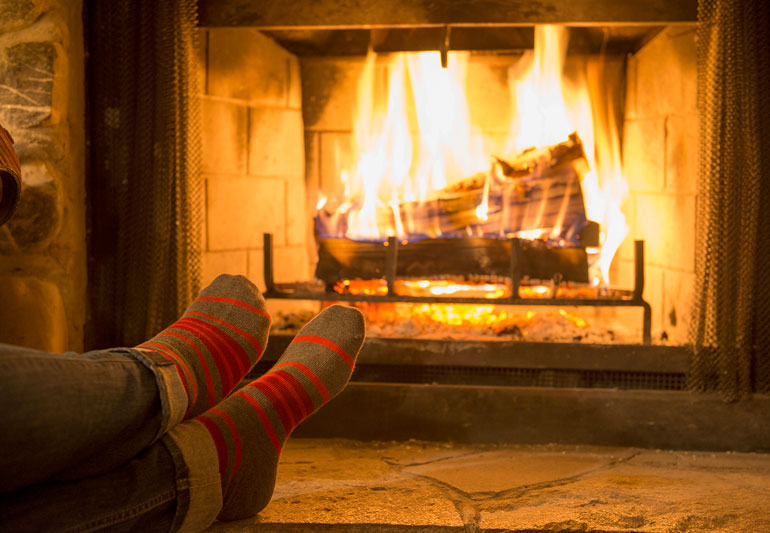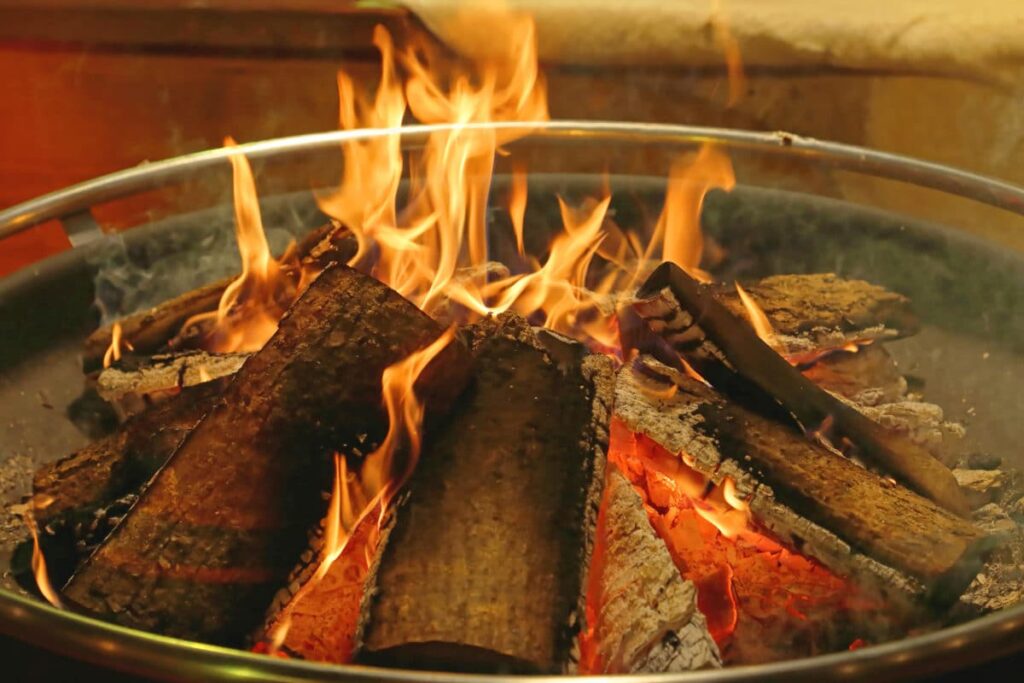Are wood fires bad for the environment?

With the cooler months fast approaching, many homeowners are excited to cozy up by their traditional wood fireplaces. But as we become more conscious of our impact on the environment, it’s important to consider whether burning wood is truly a sustainable choice. Are wood fires bad for the environment? In this blog post, we’ll delve into the pros and cons of using wood as fuel and explore how a roaring fire can affect our planet. So grab a cup of cocoa and let’s dive in!
What is a wood fire?

A wood fire is a type of combustion that uses logs, sticks or other types of wood as fuel. It has been used for centuries to provide heat and light in homes, but also for cooking and even crafting. Wood fires can be created in various settings such as open hearths, stoves or fire pits.
The process begins with the ignition of the wooden material which produces flames and smoke. The heat generated by this process warms up the surroundings and creates a cozy atmosphere. But it’s not just warmth that we get from wood fires; there’s something magical about watching the dancing flames flicker against the darkness.
While many people love the ambiance created by a wood fire, others are concerned about its impact on air quality and greenhouse gas emissions. This leads us to consider both sides of using traditional wood-burning methods in our modern world where sustainability is becoming increasingly important.
What are the pros and cons of wood fires?
Wood fires have been used for centuries as a source of heat and light. While they can be cozy and charming, there are both pros and cons to consider before lighting up.
One pro is that wood is a renewable resource, unlike fossil fuels which are finite. This means that if managed sustainably, wood fires could potentially have a lower impact on the environment than other heating options.
Another pro is the ambiance created by wood fires. There’s something magical about gathering around a crackling fire with loved ones on a cold winter night.
However, there are also some significant cons to using wood fires as a primary heating source. One major issue is air pollution caused by burning wood, which can release harmful particulate matter into the atmosphere.
Additionally, harvesting firewood requires cutting down trees or clearing land, which can contribute to deforestation if not done responsibly. And when it comes to indoor use of wood stoves or fireplaces, improper ventilation can lead to hazardous levels of carbon monoxide buildup in homes.
While there may be some benefits to using wood fires as part of an environmentally conscious lifestyle, it’s important to weigh the potential negative impacts against these benefits before making them your go-to heating option.
How does a wood fire impact the environment?
Burning wood for heat has been a common practice for centuries, but it also comes with environmental consequences. Wood fires emit pollutants such as carbon monoxide, nitrogen oxides and particulate matter into the air that can have adverse effects on both human health and the environment.
Particulate matter from wood smoke is tiny enough to penetrate deep into the lungs and cause respiratory problems such as asthma attacks, bronchitis, lung cancer and heart disease. It can also reduce visibility by creating haze in the air.
Wood fires also contribute to deforestation when trees are cut down to feed them. This leads to habitat loss for wildlife species, soil degradation and increased greenhouse gas emissions due to reduced carbon sequestration capacity of forests.
In addition, burning wood releases large amounts of carbon dioxide into the atmosphere which contributes to climate change. While trees absorb CO2 during their lifetime, this benefit is lost once they are burned.
While wood fires may seem cozy and nostalgic, their impact on human health and the environment cannot be ignored. It’s important to consider alternative heating sources or use sustainable practices such as using only deadfall or sustainably harvested firewood if you do choose to burn wood.
Conclusion
As with many things in life, the answer to whether wood fires are bad for the environment is not a straightforward one. While there are definitely negative impacts on air quality and emissions, burning wood can also be a sustainable and renewable source of heat.
To minimize the environmental impact of using wood fires, it’s important to use dry, seasoned firewood from sustainably managed forests. Additionally, using an efficient stove or fireplace insert can greatly reduce emissions and improve efficiency.
While there are certainly concerns around the environmental impact of wood fires, they can still be enjoyed as long as we take steps to mitigate their negative effects. So go ahead and light that cozy fire – just make sure you’re doing so responsibly!
